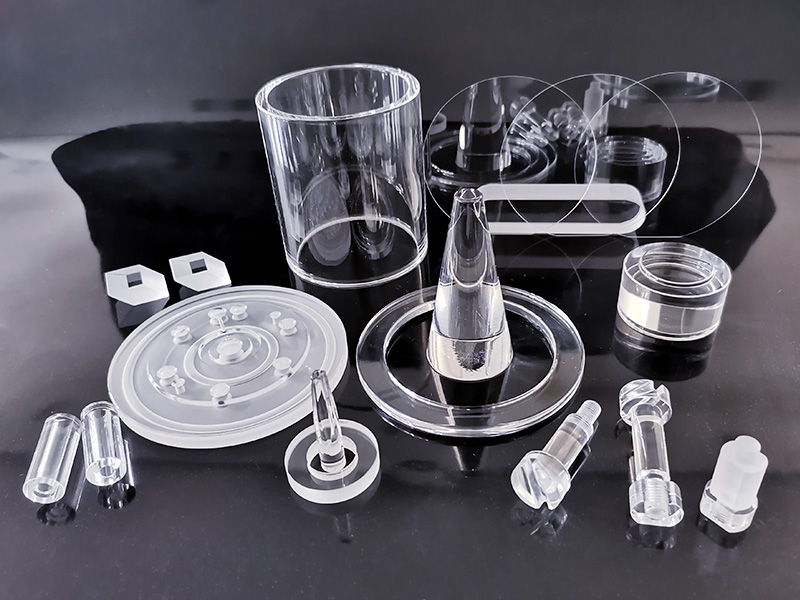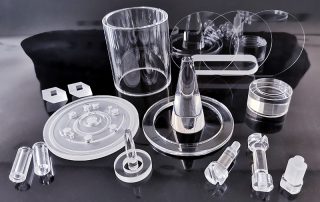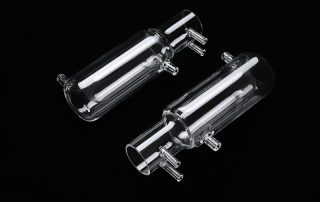Popular Tags

Transmittance of quartz glass in different wavelength ranges
The transmittance of quartz glass varies in different wavelength ranges, and its transmittance has excellent performance in the ultraviolet region, visible light region and near infrared region. The following is some specific information about the transmittance of quartz glass:
Ultraviolet region (UV)
Quartz glass has extremely high transmittance in the deep ultraviolet region (200-300 nm), which can reach more than 90%. In particular, high-purity fused silica glass (such as fused silica) still has good light transmittance at wavelengths below 185 nm.
Visible light region
In the visible light range (400-700 nm), the transmittance of quartz glass is usually between 90% and 95%, which makes it very ideal in the manufacture of optical components, such as lenses and window materials.
Near infrared region (NIR)
In the near infrared region (700-2500 nm), quartz glass still maintains a high transmittance, usually above 80%. This feature makes it have important applications in infrared optics and optical communications.
Far infrared region
In the longer wavelength far infrared region, the transmittance of quartz glass will gradually decrease, but it can still meet the needs in some applications.
Transmittance curve
The transmittance curve of quartz glass usually shows a high transmittance range in the ultraviolet to near infrared band. This curve shows its superior performance in a wide range of wavelengths.
The high transmittance of quartz glass, especially in the ultraviolet and visible light range, makes it the preferred material for manufacturing high-performance optical components and equipment. Its transmittance characteristics make it widely used in optics, semiconductors, lasers and other high-tech fields.
























